Ask any woman if they’re happy with the range of walking kit available to them, and the chances are you’ll hear a grumble. It’s rare and special to find something that fits perfectly and suits individual needs, as women come in a myriad of different shapes and sizes.
When it comes to size, fit, fabrics, range of colours, and suitability for purpose, it’s hard to escape the conclusion that women are still under-represented compared with what’s on offer for men. However, it used to be a lot worse, and the journey to get to this point is quite extraordinary. Ever since women started seeking adventure in the outdoors, the textile industry has struggled to keep up. Here’s the story so far… and a plea for the future.
Chapter 1: Pioneers in petticoats
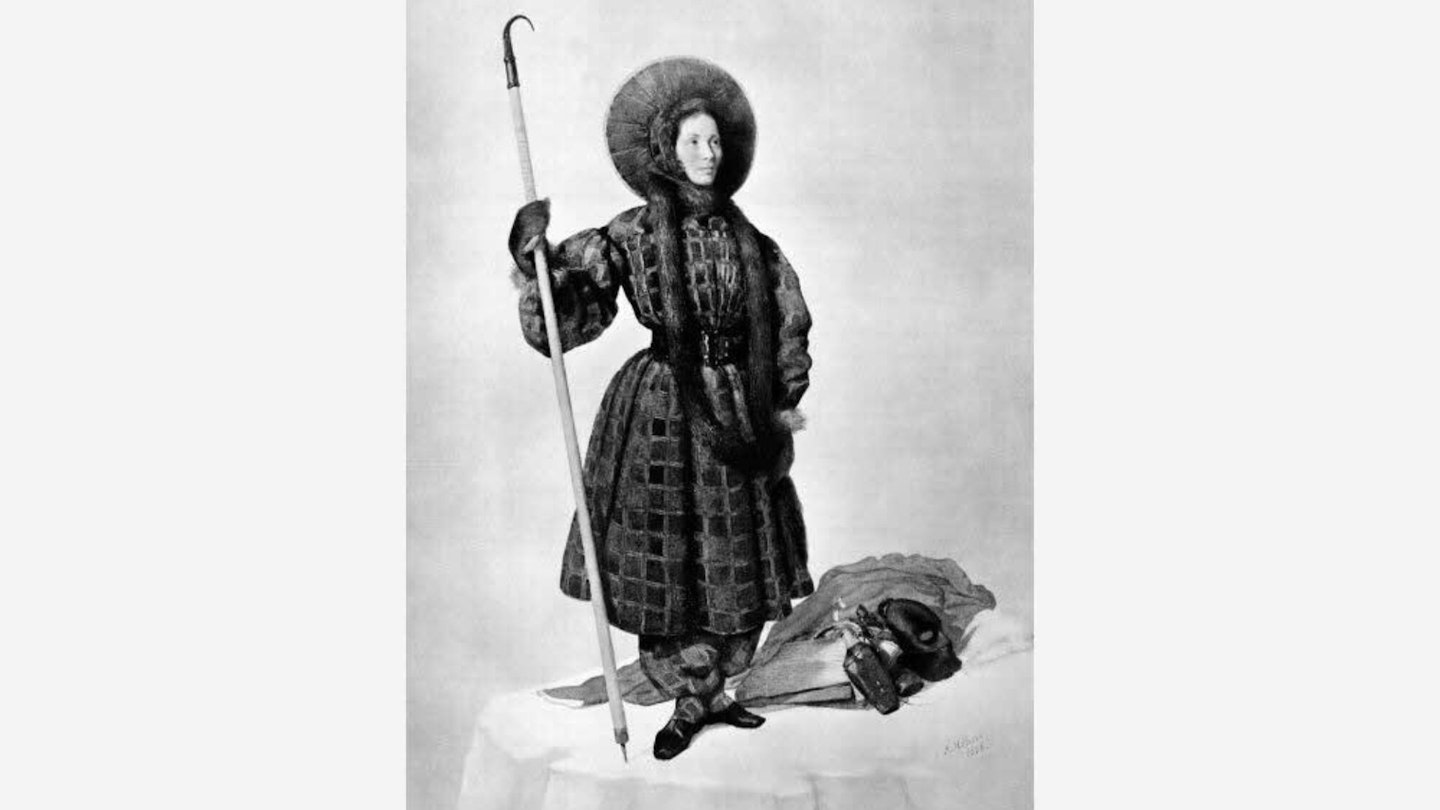
In the 19th century, women began undertaking hikes and ascents that had previously only been attempted by men. However, along with the physical challenge, they also had to contend with societal expectations around attire. In 1838, the 44-year-old French mountaineer Henriette d’Angeville became the second woman to summit Mont Blanc (arguably the first, given her predecessor’s admission about being carried up sections). Unwilling to sacrifice style during the expedition, she wore a 7kg petticoat over her woollen men’s pantaloons and topped off the outfit with a feather boa.
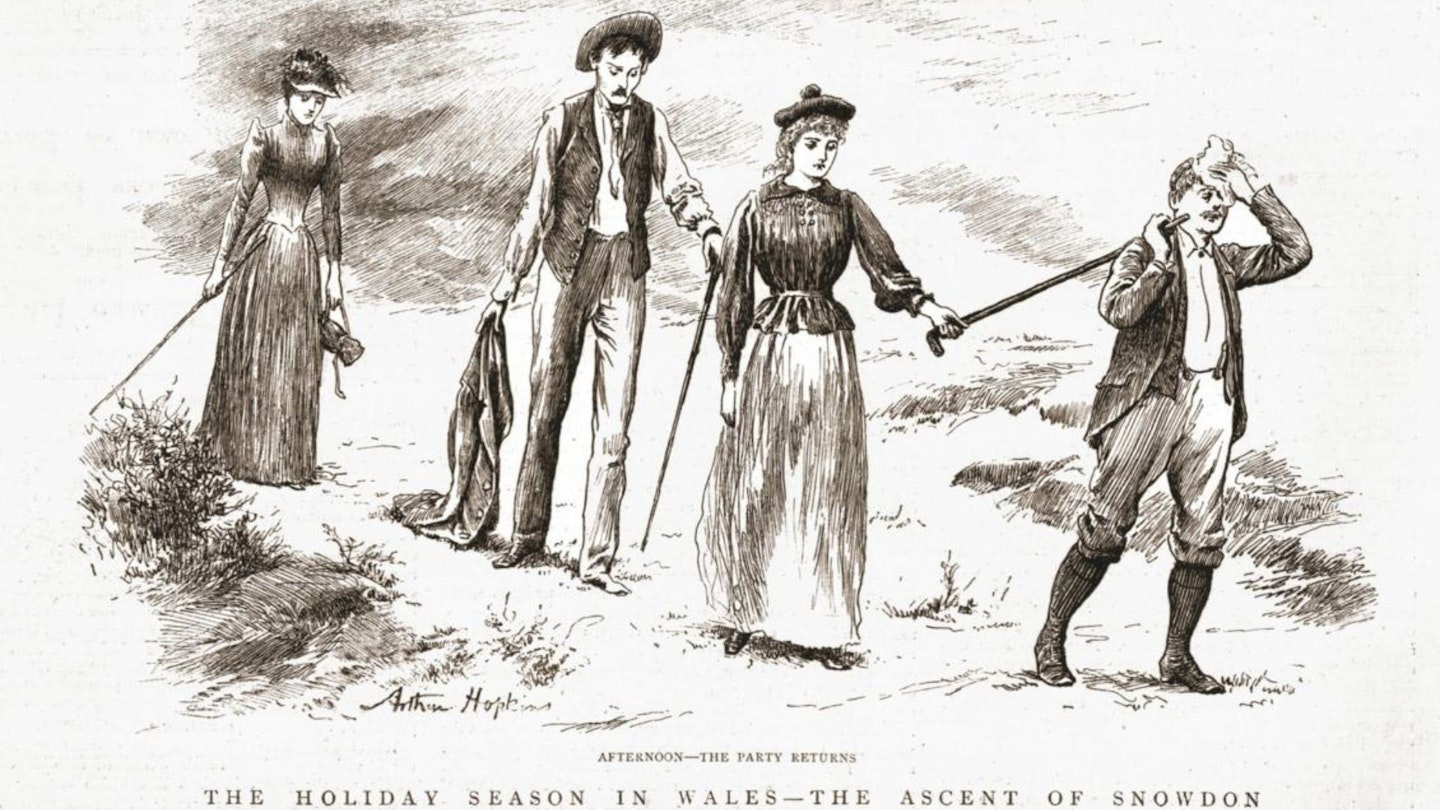
Another trailblazer was British mountaineer Lucy Walker, who was notorious for refusing to dress ‘like a man’. Wearing her favored long white dress, she completed the first ascent of the Balmhorn in Switzerland and became the first woman to ascend the Matterhorn in 1871.
Chapter 2: The knickerbocker controversy
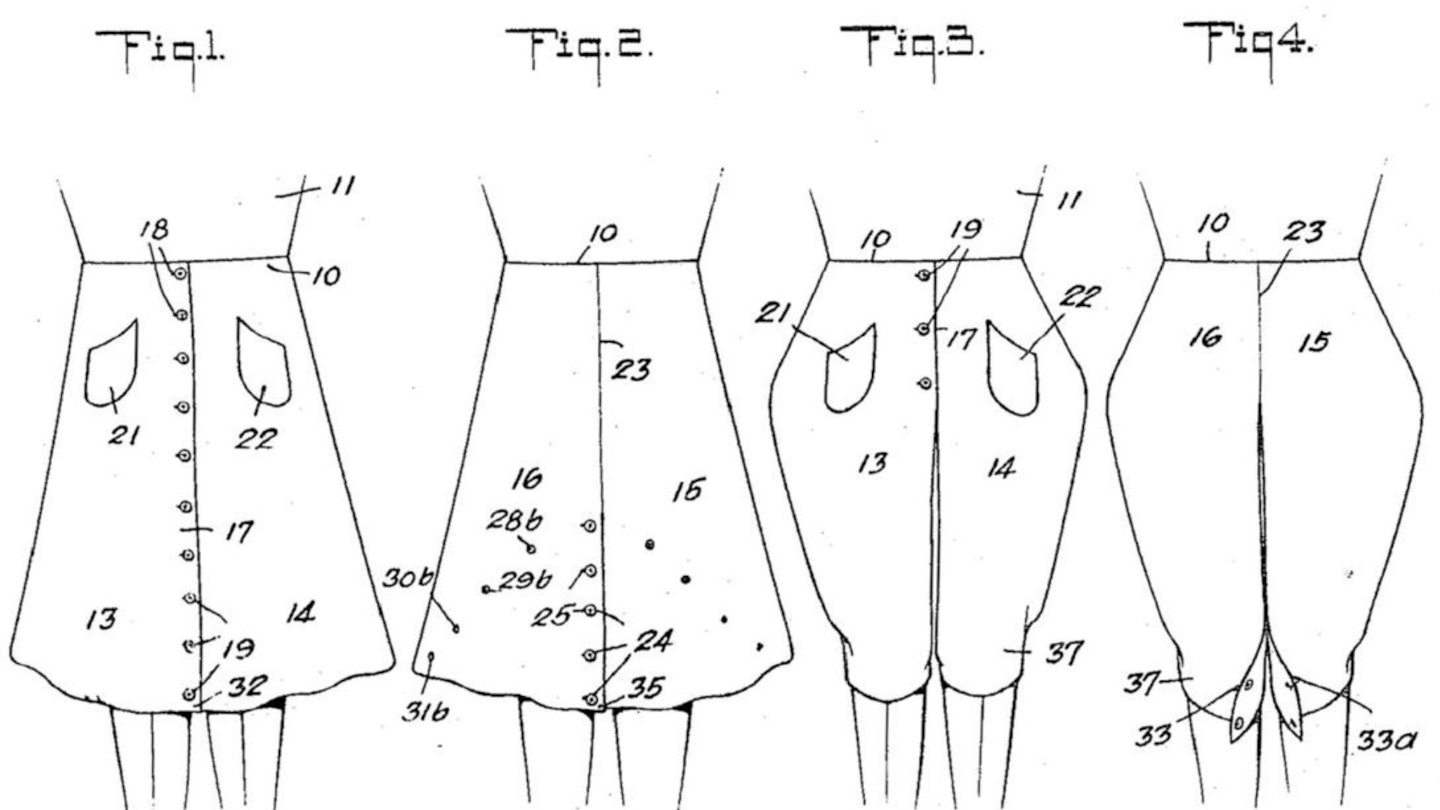
Many women, however, were less enthused about hiking in dresses or skirts. In 1895, Annie Smith Peck hit the headlines after ascending the Matterhorn when her chosen attire of a hip-length tunic, knickerbockers, and woollen hose was said to have caused ‘moral outrage’ and provoked discussion of a possible arrest. To avoid such outcry, it became common practice to wear a skirt to and from public spaces such as Alpine inns before removing it to hike in the knickerbockers underneath.

Ronald Clark, author of The Victorian Mountaineers, noted that this was not always a smooth plan: “It was Mrs. Aubrey le Blond, when traversing the Zinalrothorn, who remembered on approaching Zinal that she had left her skirt on the far side of the mountain and was forced to retrace most of her day’s route.”
Chapter 3: Modesty modifications
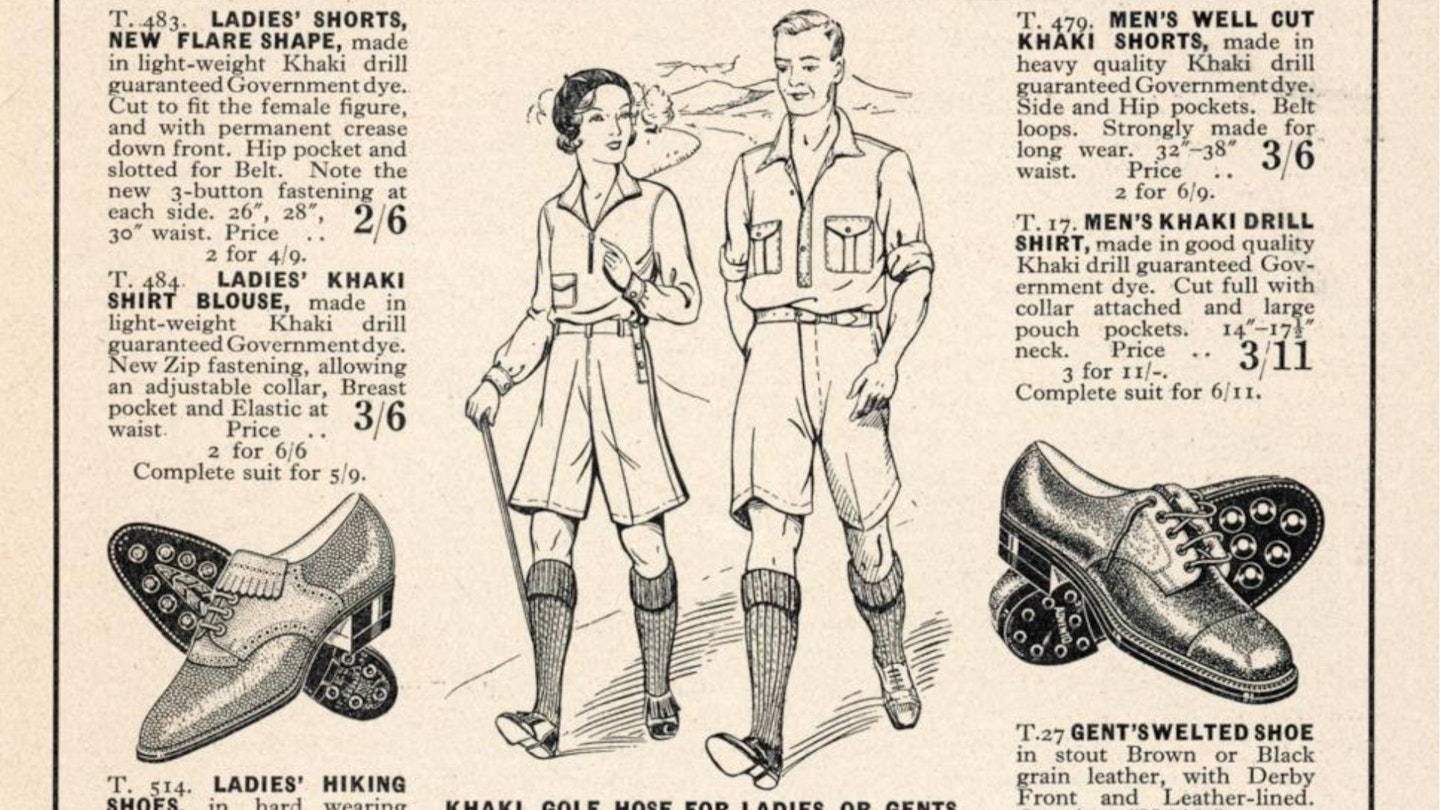
At the turn of the 20th century, most women were still not comfortable following Peck’s lead by publicly wearing trousers or knickerbockers, but they were certainly tired of carrying a heavy skirt for modesty. Recent research by The Politics of Patents, highlighted in the film Women on the Move, uncovered a flurry of patent applications during this period focused on convertible clothing.
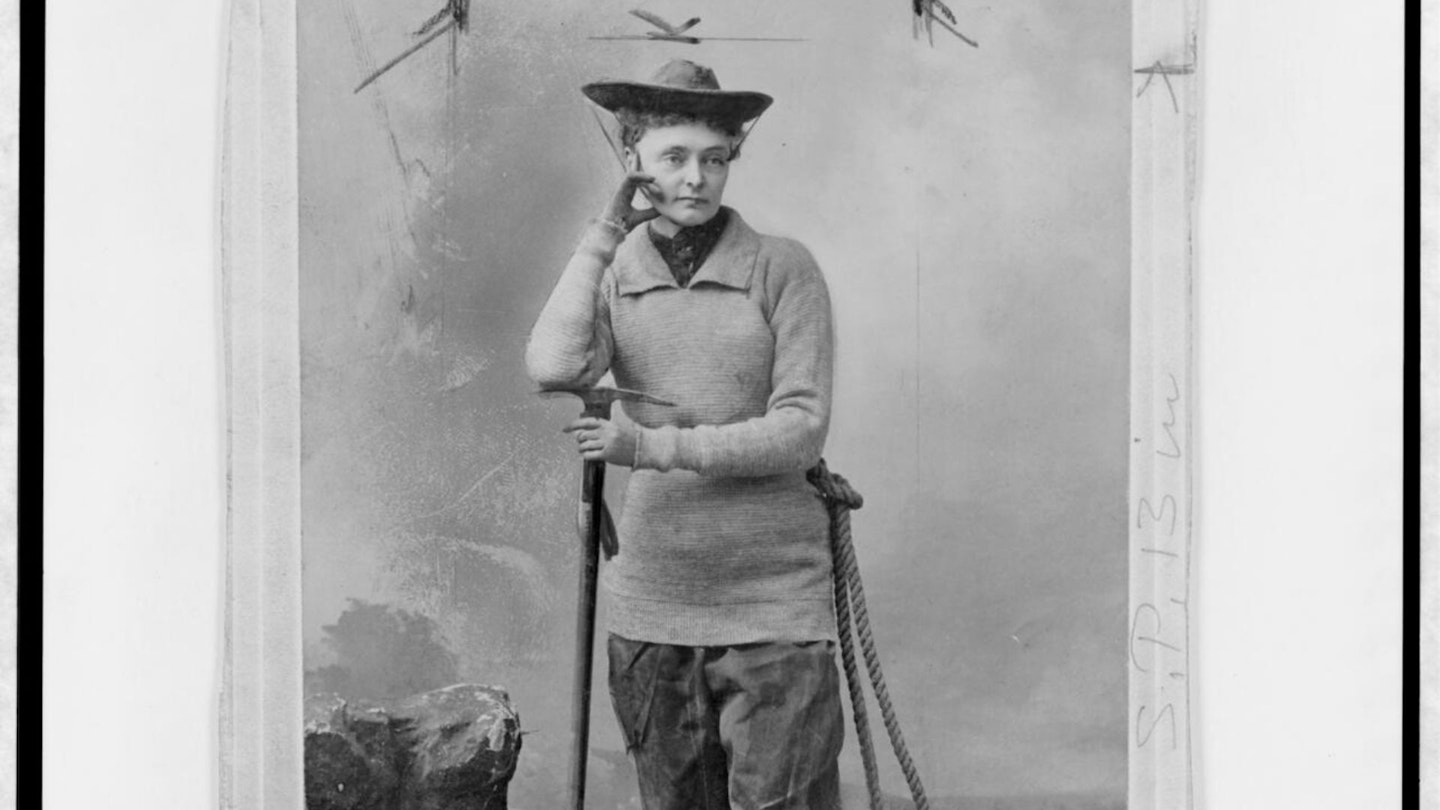
From John Noble’s idea of a skirt that transformed into a cape to Corallie Thoma’s 1919 patent for a skirt that rebuttoned into breeches - these garments were designed for outdoor wear but with an in-built modesty adaptation. Some of the most innovative ideas came from female designers, such as the patent filed by ladies’ tailor Cecile Harrison for a ‘divided’ skirt that would allow a woman to engage comfortably in horse-riding or cycling while wearing what appeared to be a normal skirt.
The ongoing journey
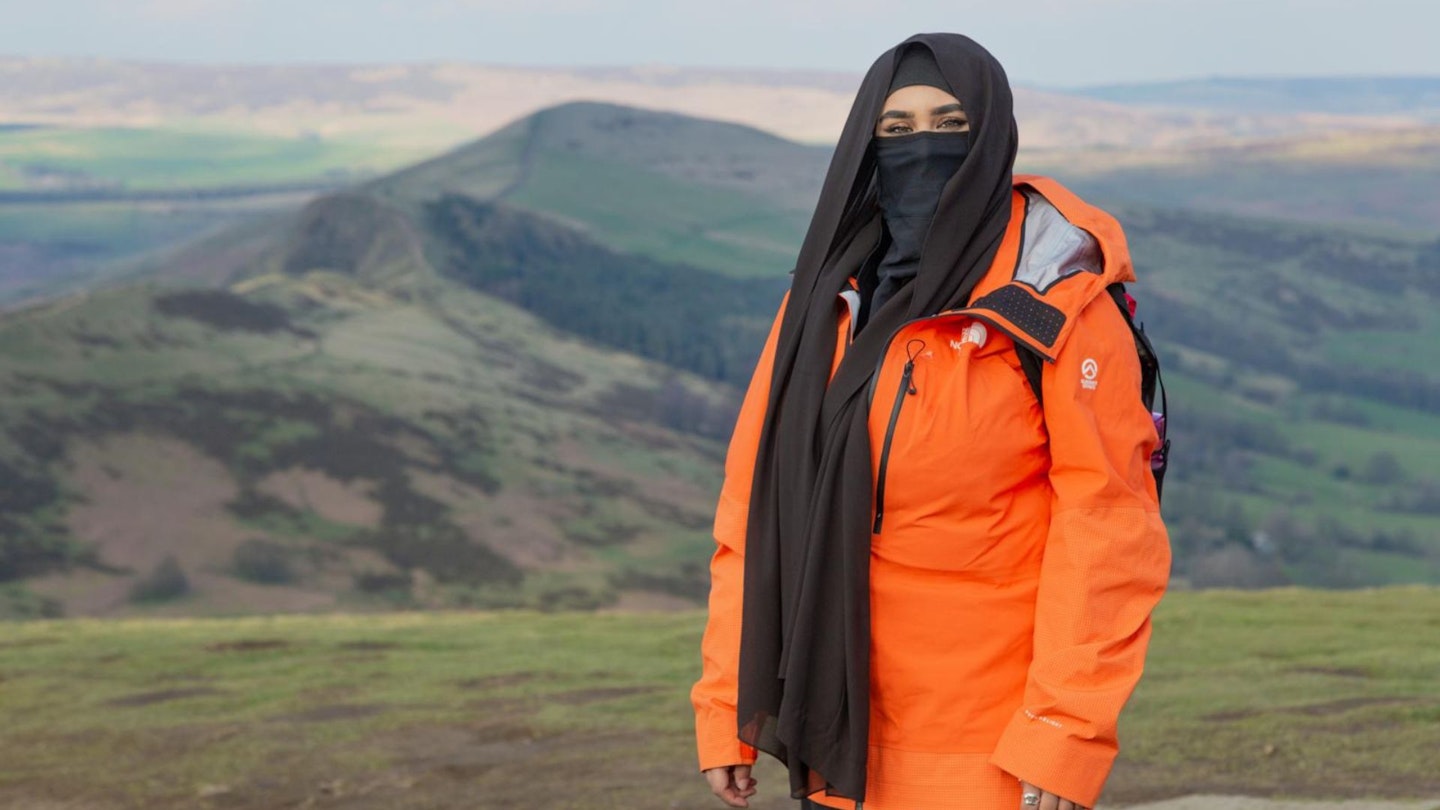
The history of women’s outdoor gear is a testament to the resilience and creativity of women who refused to be limited by societal norms. While much has improved, there is still a long way to go in ensuring that women have access to outdoor gear that fits their needs, both in functionality and style. This is especially true for minority groups, such as female muslims, who require hijabs and more modest summer clothing.
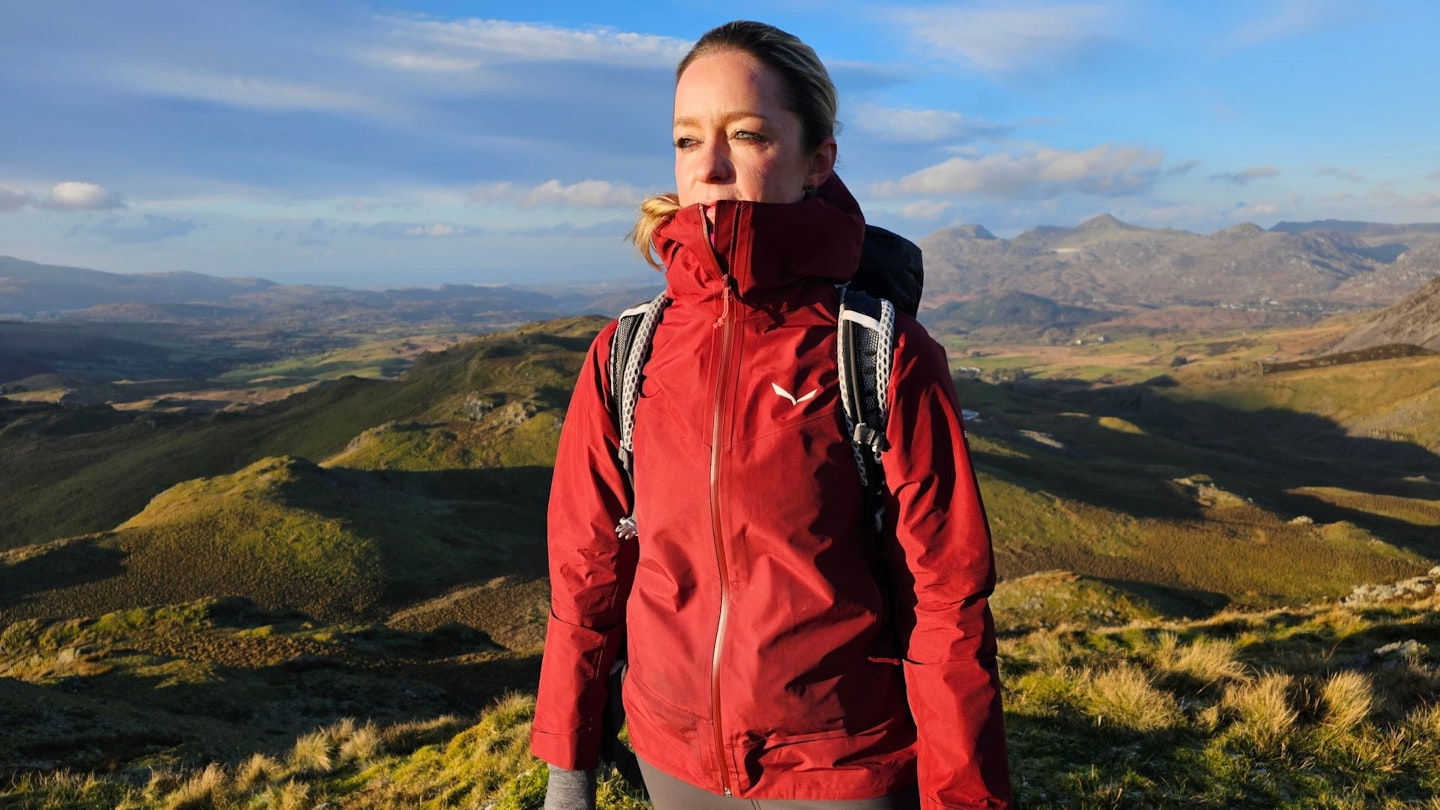
However, brands are improving significantly with feedback and each season's reiteration , and here at LFTO we have a team of female testers who are dedicated to reviewing and recommending the best women's-specific outdoor gear. If you're looking for the best female-specific backpacks, hiking leggings, shorts, or walking shoes, then you're on the right website!
About the author
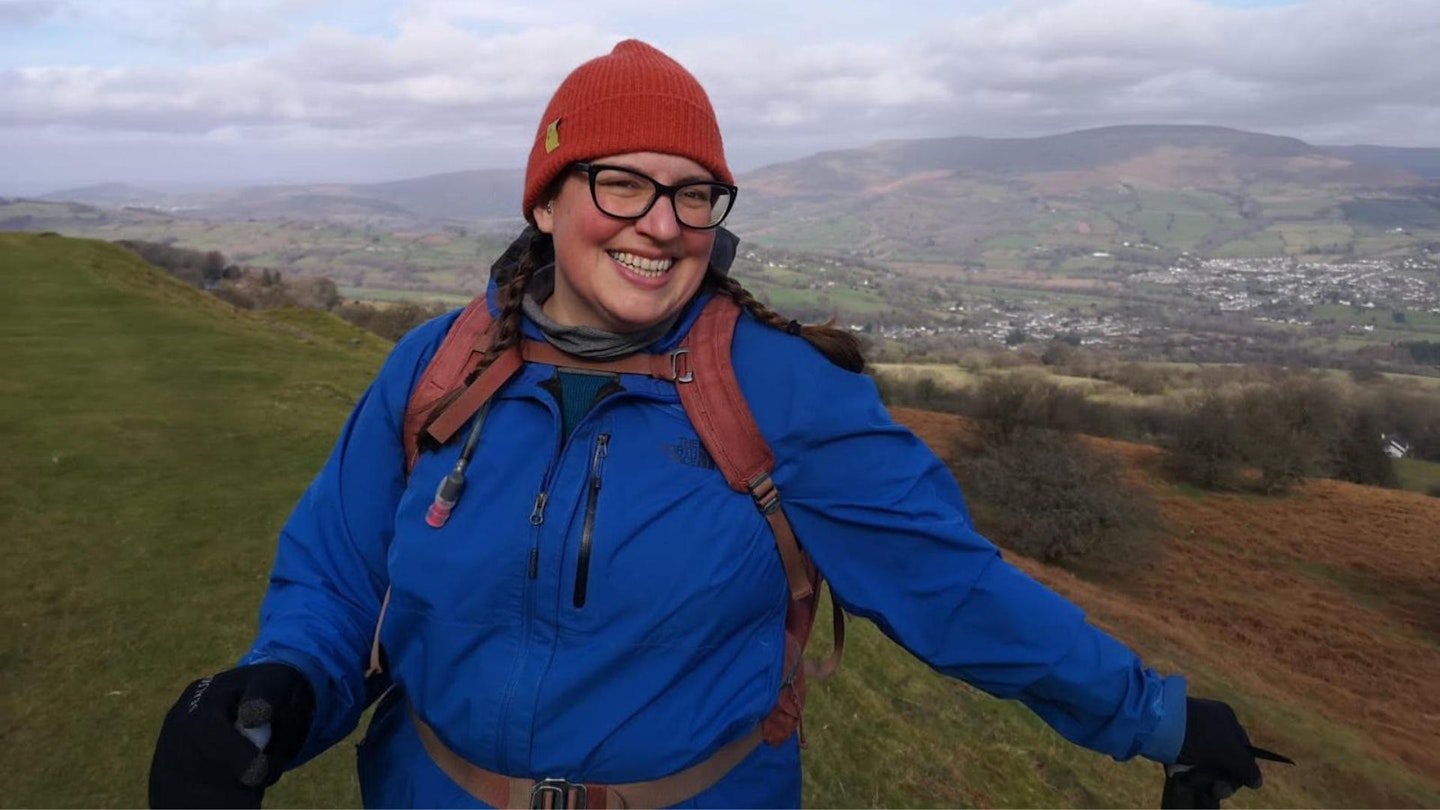
Steph Wetherell is the founder of Everybody Outdoors, an organisation dedicated to promoting inclusivity and accessibility in outdoor activities. Passionate about the outdoors from a young age, Steph recognised the barriers that many individuals face when trying to engage with nature, particularly those from marginalised communities. She has written for Country Walking magazine on a number of occasions.
This article originally appeared in the Sep 2024 issue of Country Walking magazine
